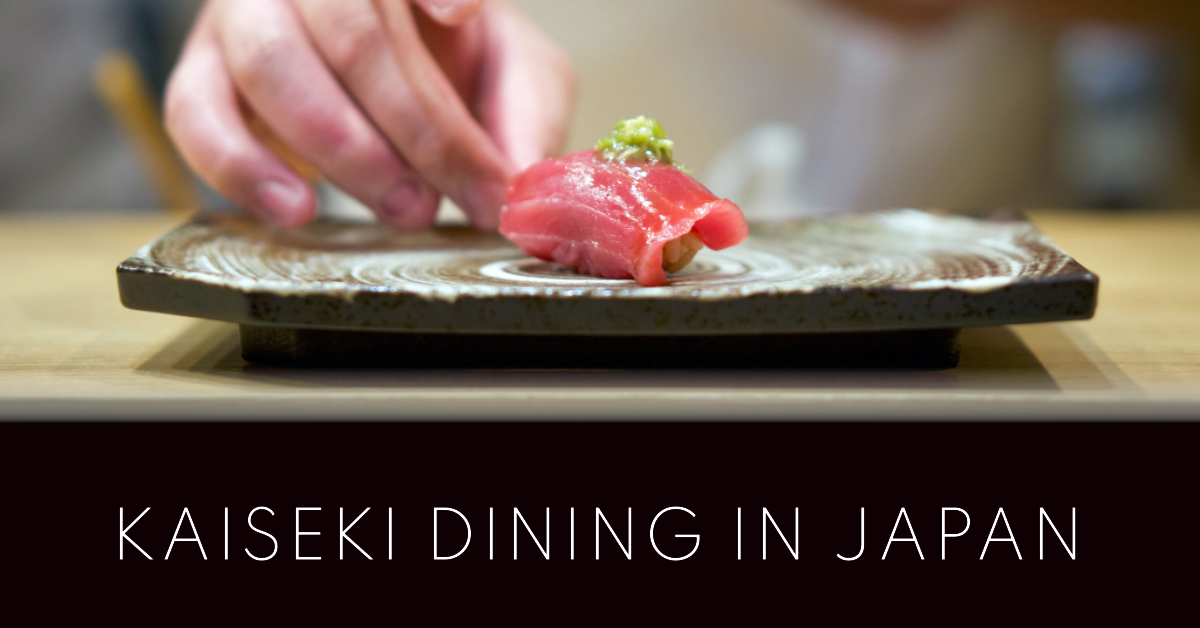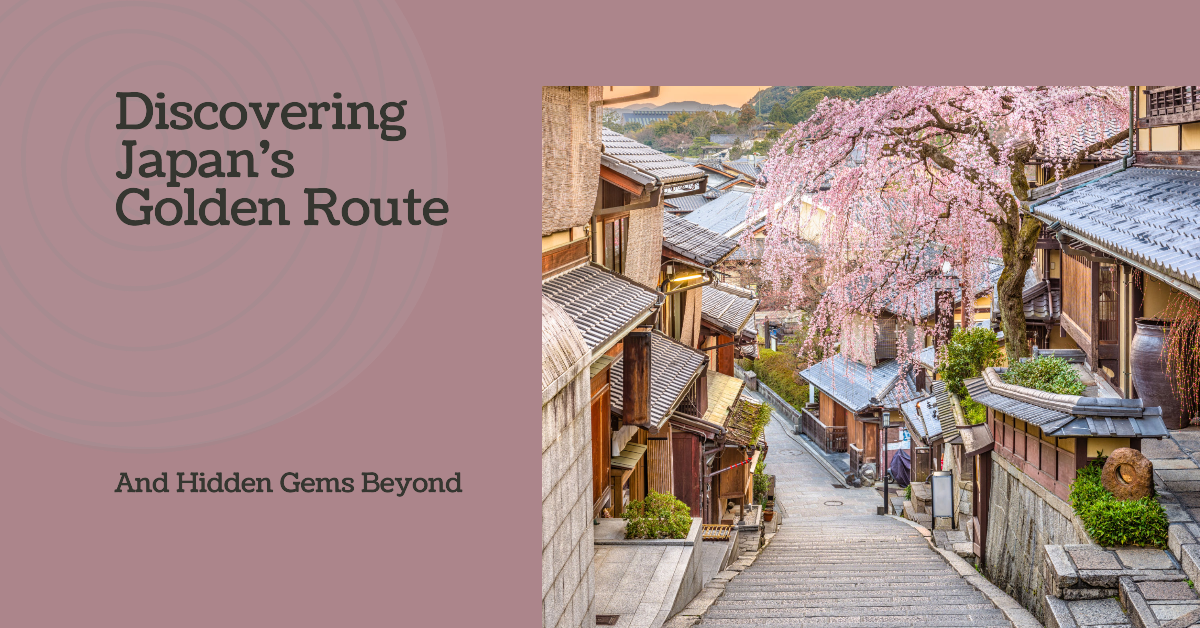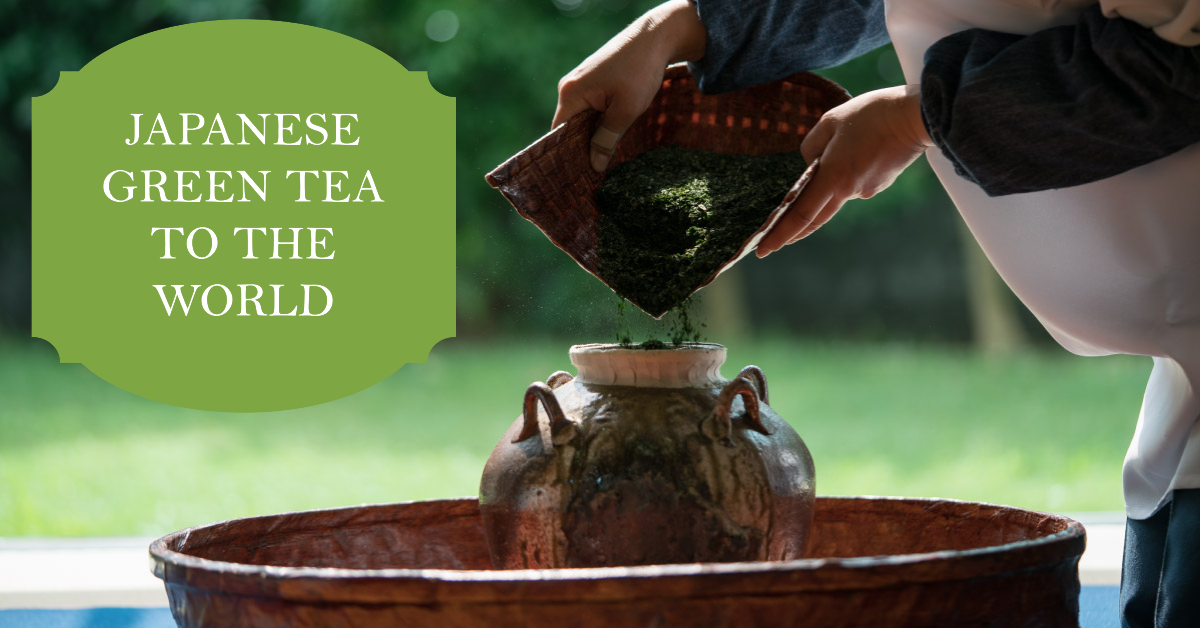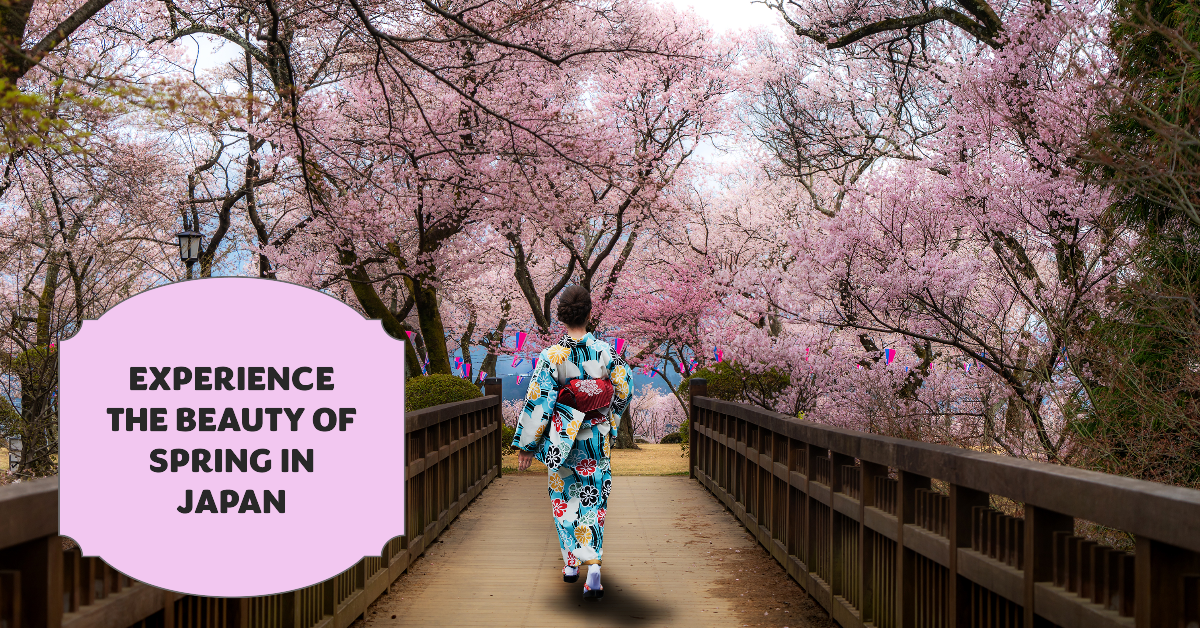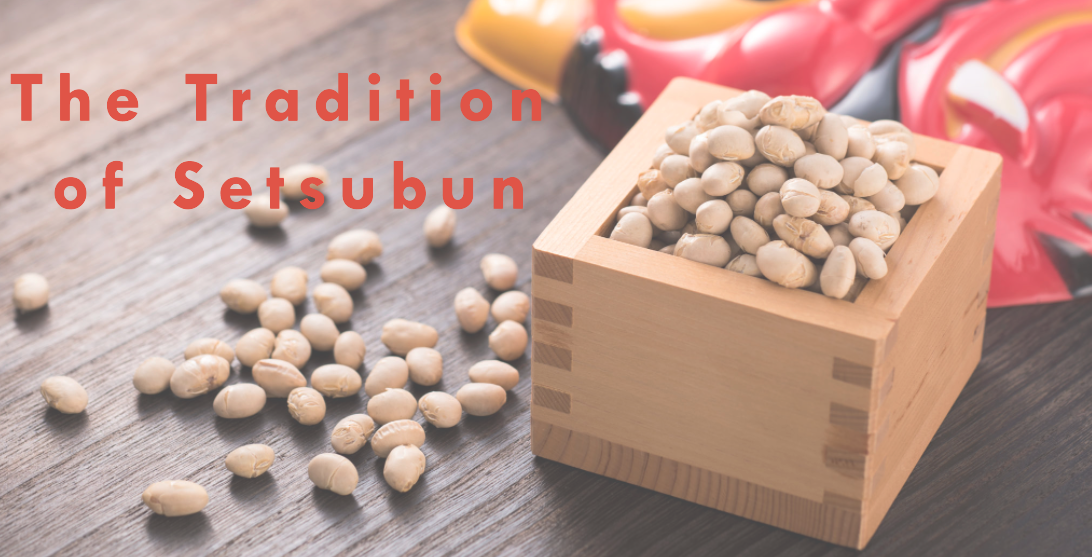Let’s embark on a culinary journey through kaiseki cuisine – the epitome of Japanese fine dining. With its roots in ancient tea ceremonies and a focus on seasonal ingredients, kaiseki represents the perfect harmony of taste, texture, and presentation. Join us as we delve into the history, principles, and artistry of this exquisite dining experience.
In This Post:
The Origins and Evolution of Kaiseki
Kaiseki cuisine traces its origins back to the traditional Japanese tea ceremony, where simple, elegant meals were served alongside matcha green tea. Over time, it evolved into a more elaborate and sophisticated dining experience, reflecting the refined tastes of Japan’s upper class. Today, it is celebrated as the pinnacle of Japanese haute cuisine, with multi-course meals that showcase the chef’s skill and creativity.
The Principles of Kaiseki Cuisine
Kaiseki is guided by a set of principles that focus on seasonality, harmony, and balance. These principles shape each element of the dining experience, from the selection of ingredients to the presentation of each dish.
Seasonality – Kaiseki cuisine places a strong emphasis on the use of seasonal ingredients, allowing diners to experience the true flavours of each season. Ingredients are sourced at the peak of their freshness and flavour, often from local regions.
Harmony – A kaiseki meal aims to achieve harmony in taste, texture, and presentation. Each dish is carefully crafted to complement the others, creating a harmonious dining experience that engages all the senses.
Balance – Balance is a crucial aspect of kaiseki cuisine, both in terms of flavour and nutrition. Dishes are designed to provide a balanced meal, incorporating a variety of cooking techniques, ingredients, and flavours.
Waketokuyama (pictured below) is one of downtown Tokyo’s best Michelin-starred kaiseki restaurants, a favourite of locals for over 30 years. You can book this amazing kaiseki restaurant on byFood.com.



The Art of Presentation in Kaiseki
In kaiseki cuisine, presentation is just as important as taste. Each dish is meticulously plated, often using beautiful ceramics and tableware that reflect the season and theme of the meal. Dishes may be garnished with seasonal leaves, flowers, or other natural elements, further emphasising the connection between kaiseki and the natural world.
The Kaiseki Dining Experience
A traditional kaiseki meal consists of multiple courses, each designed to showcase a specific aspect of Japanese cuisine. While the exact number and order of courses may vary, a typical menu might include:



Tozentei (pictured above) is a One MICHELIN Star kaiseki restaurant in the heart of Kyoto. Book this amazing dining experience on byFood.
Sakizuke – An appetiser, often served with a small cup of sake, to set the tone for the meal.
Hassun – A platter of seasonal delicacies, reflecting the flavours and ingredients of the current season.
Mukōzuke – A sashimi course, featuring artfully arranged slices of fresh, raw fish.
Takiawase – A simmered dish, often including vegetables and fish or meat, cooked in a delicate broth.
Yakimono – A grilled dish, showcasing the natural flavours of the ingredients through simple preparation.
Suimono/Shirumono – A soup course, typically featuring a clear broth with seasonal ingredients.
Gohan – A rice dish, often prepared with seasonal ingredients, accompanied by pickles and miso soup.
Mizugashi – A dessert course, which might include fresh fruit, a sweet confection, or a refreshing sorbet.
Klook.comKaiseki cuisine represents the ultimate expression of Japanese culinary artistry, offering a dining experience that is as much a feast for the eyes as it is for the palate. Each dish is thoughtfully crafted to celebrate the season, highlight the unique flavours and textures of the ingredients, and showcase the chef’s skill and creativity.
Kaiseki Dining Experiences for Travellers
While kaiseki restaurants can be found across Japan, Kyoto is considered the heart of kaiseki cuisine, with many renowned establishments offering unforgettable dining experiences. For travellers looking to immerse themselves in kaiseki dining, here are some tips to enhance your experience:
Reservations – Kaiseki restaurants often have limited seating and can be in high demand, so it’s essential to make a reservation in advance. Some establishments may require a referral or the assistance of a hotel concierge to secure a booking.
We highly recommend byFood for all your restaurant reservation needs. They provide a great service and allow you to book some of the top restaurants in Tokyo, Kyoto and more.
Dress code – Many kaiseki restaurants have a dress code, typically requesting that guests dress in smart casual attire. It’s a good idea to check the dress code beforehand to ensure you are appropriately dressed for the occasion.
Allergies and dietary restrictions – While some kaiseki restaurants may be able to accommodate certain dietary restrictions, it’s important to communicate these when making your reservation. Keep in mind that traditional kaiseki cuisine may include a variety of ingredients, such as fish, shellfish, and meat, which may be challenging for some diners.
Budget – Kaiseki dining can be a costly experience, with some establishments charging several hundred pounds per person. Be prepared for the expense, and remember that the cost reflects the quality of the ingredients, the skill of the chef, and the overall dining experience.

Can’t make it to Japan but wanting to taste some Japanese flavours after reading this article? Consider buying the Japanese Pantry Staples Box so you can try some Japanese cooking at home.
Kaiseki cuisine is a window into the rich cultural heritage and culinary artistry of Japan, offering a unique and unforgettable dining experience for travellers seeking to explore the depths of Japanese gastronomy. So, if you have the opportunity, indulge in a kaiseki meal and immerse yourself in the exquisite tastes, textures, and presentation that define this extraordinary culinary tradition.

